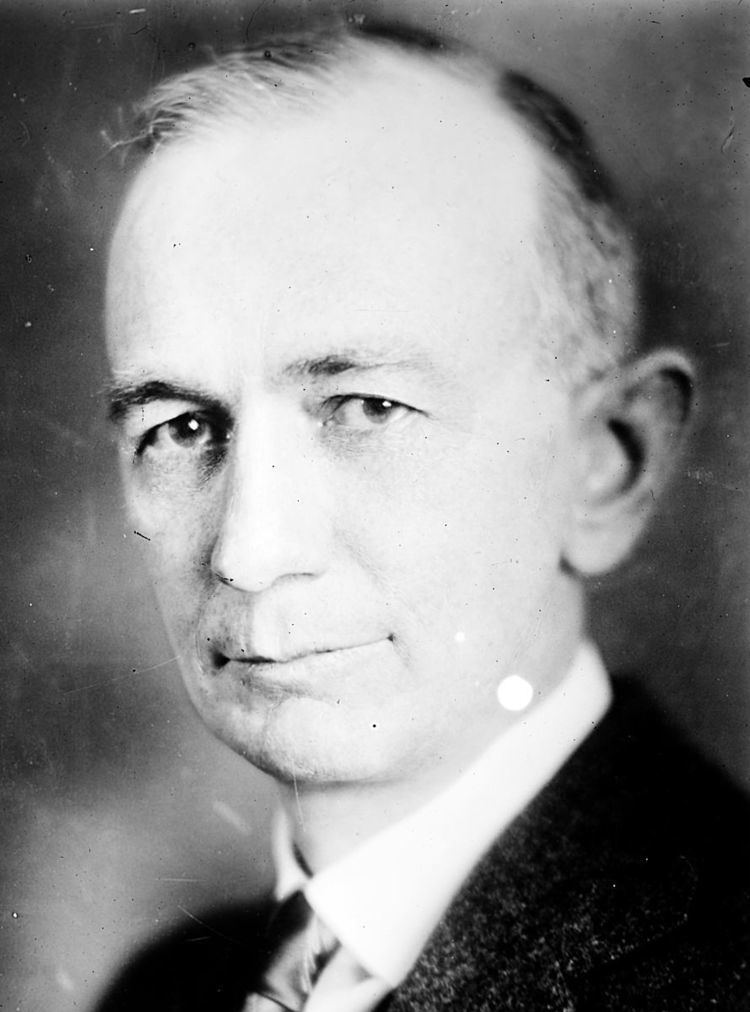Lieutenant Edward F. Sargent Profession Attorney Name Arthur Hannett | Religion Episcopalianism Spouse Louise Westfall (m. 1913) | |
 | ||
Born February 17, 1884Lyons, New York ( 1884-02-17 ) Previous office Governor of New Mexico (1925–1927) Residence Gallup, New Mexico, United States | ||
Arthur Thomas Hannett (February 17, 1884 – March 18, 1966) was an American politician who rose to become the seventh Governor of New Mexico.
He was born in Lyons, New York, the son of William and Mary McCarthy Hannett. After completing high school he entered Syracuse University, where he was graduated in 1910. Hannett came to Gallup, New Mexico in 1911, where he began to practice law. His first public office was City Attorney and he also served as Mayor of Gallup for four years. Hannett married Louise Westfall, daughter of William and Estella Westfall, at Clyde, New York on August 13, 1913. He was an alternate delegate from New Mexico to the Democratic National Convention at Baltimore in 1912, and chairman of the New Mexico delegation at the Democratic National Convention at San Francisco in 1920.
After serving as a member of the State Highway Commission from March 1923, until December 1924, Hannett was elected Governor of New Mexico and served from January 1, 1925 until January 1, 1927.
During his tenure U.S. Route 66 was rerouted to avoid Santa Fe and instead passed through Albuquerque, New Mexico. The rerouting saves drivers traveling across the state nearly four hours. Legend says Hannett did the rerouting to punish the Republican Santa Fe Ring which had controlled New Mexico politics in the late 19th and early 20th centuries.
